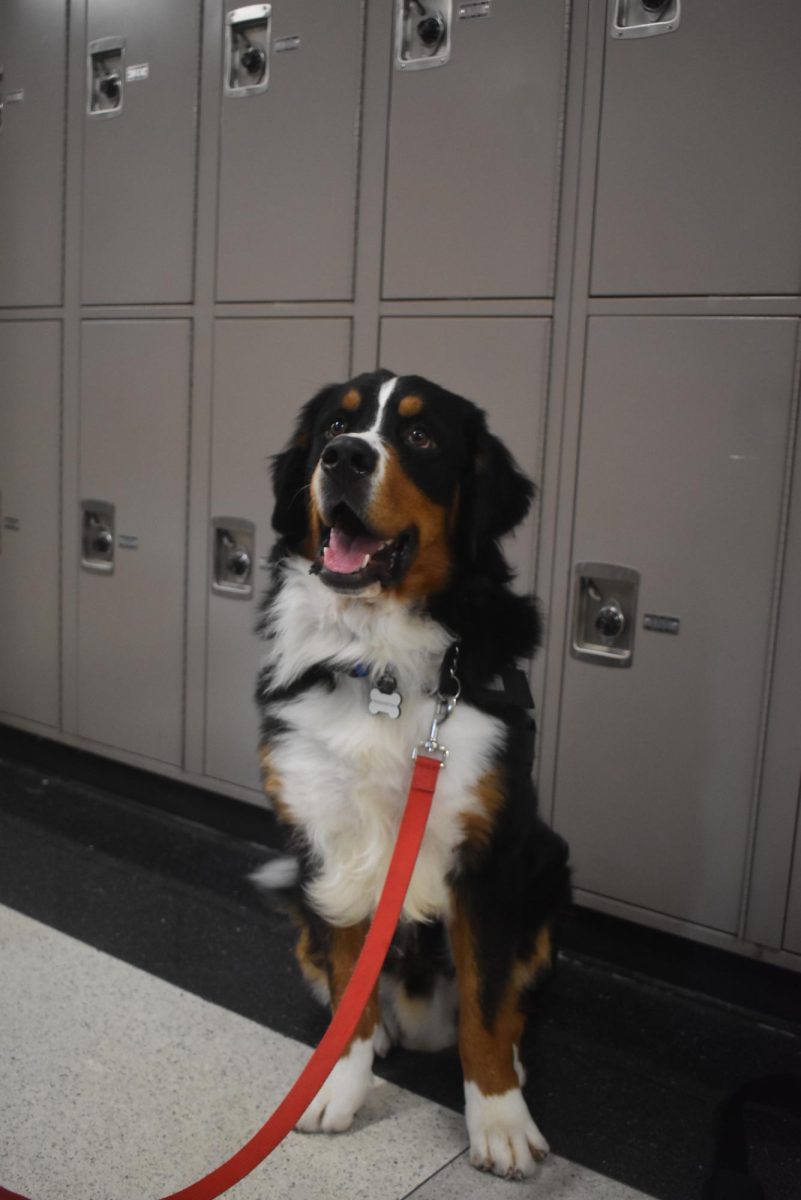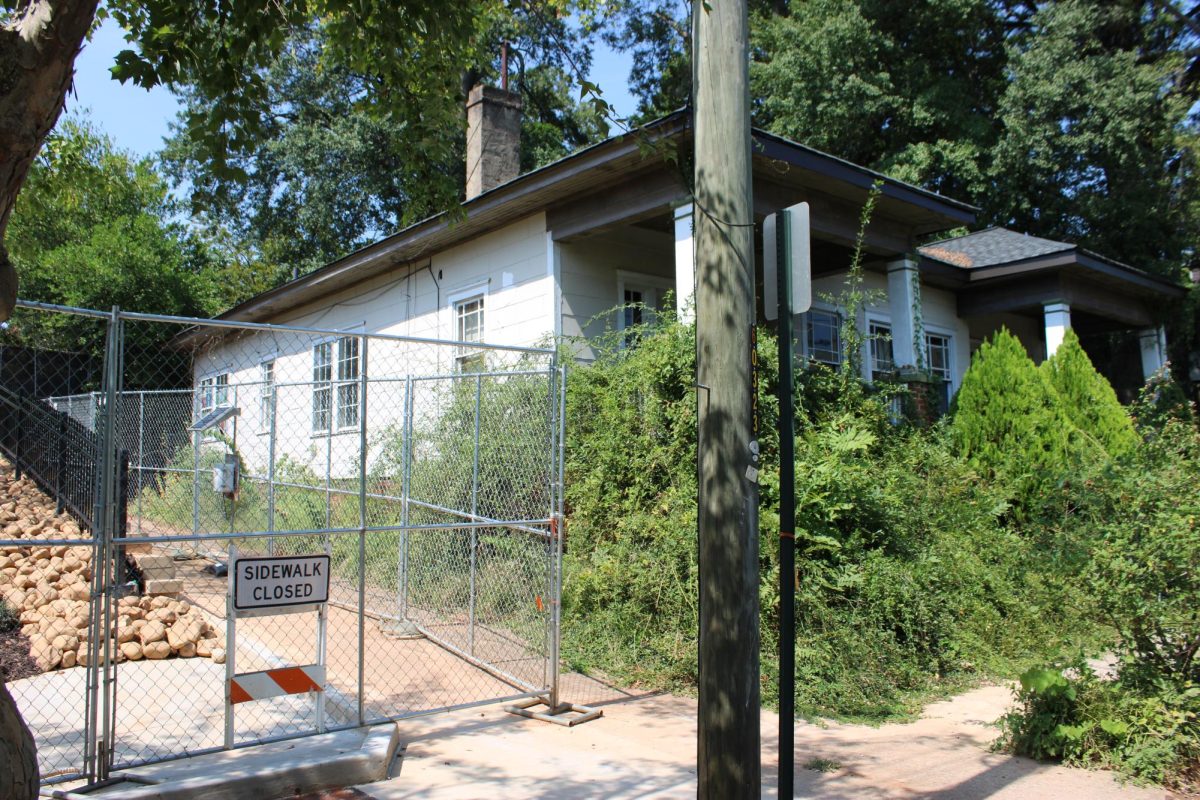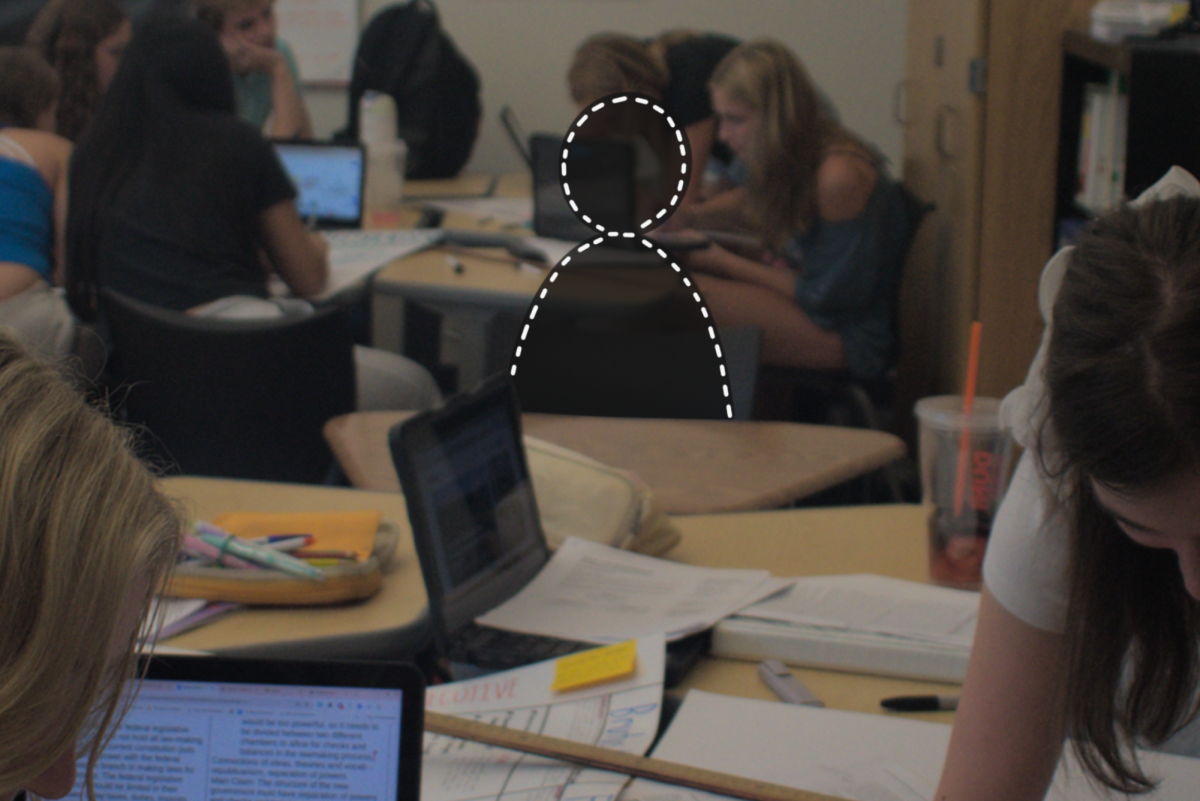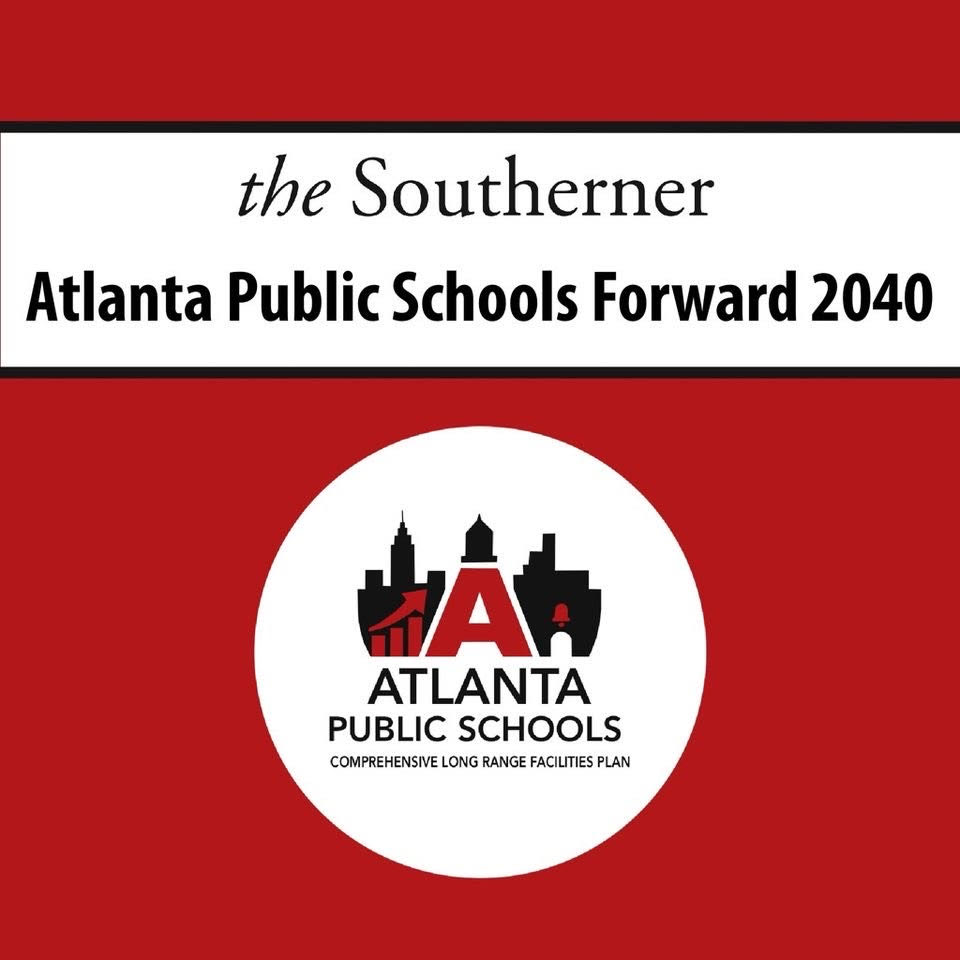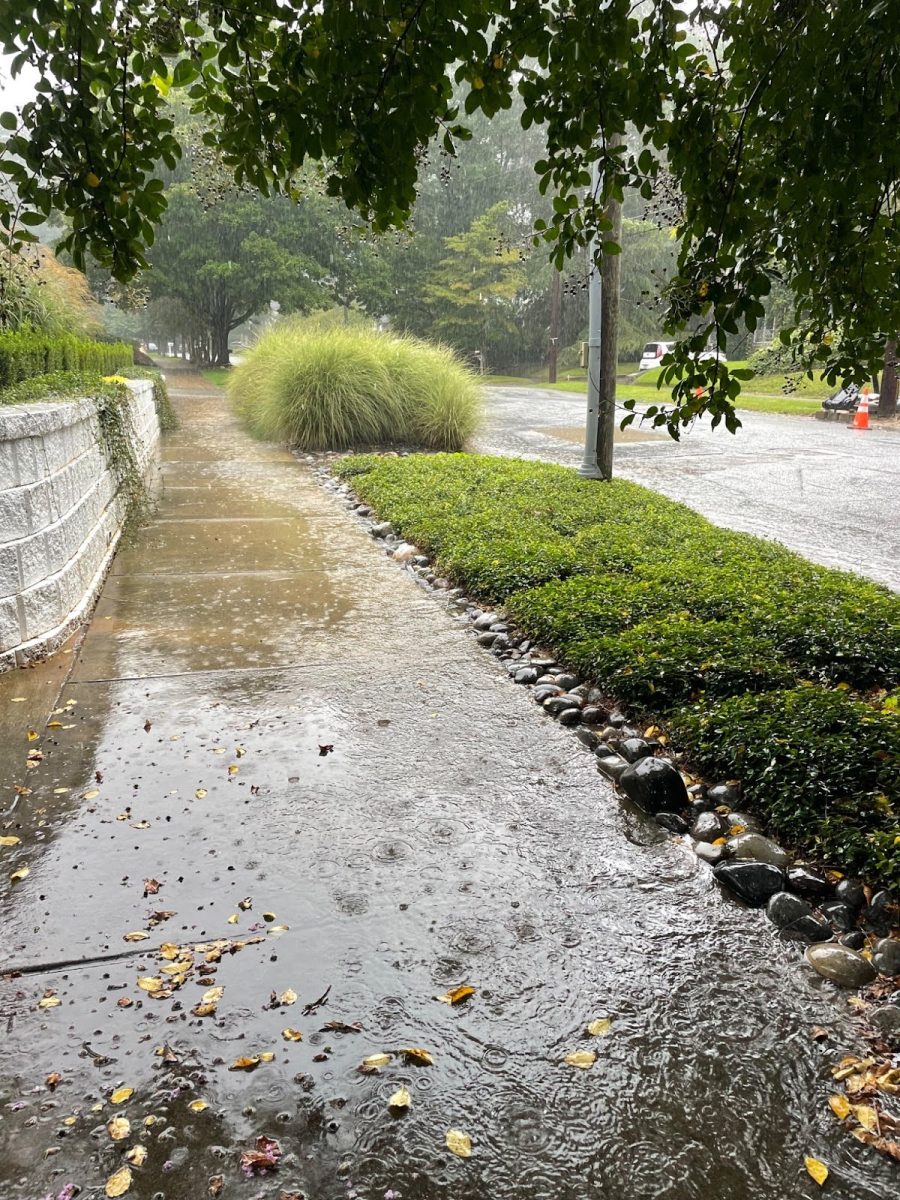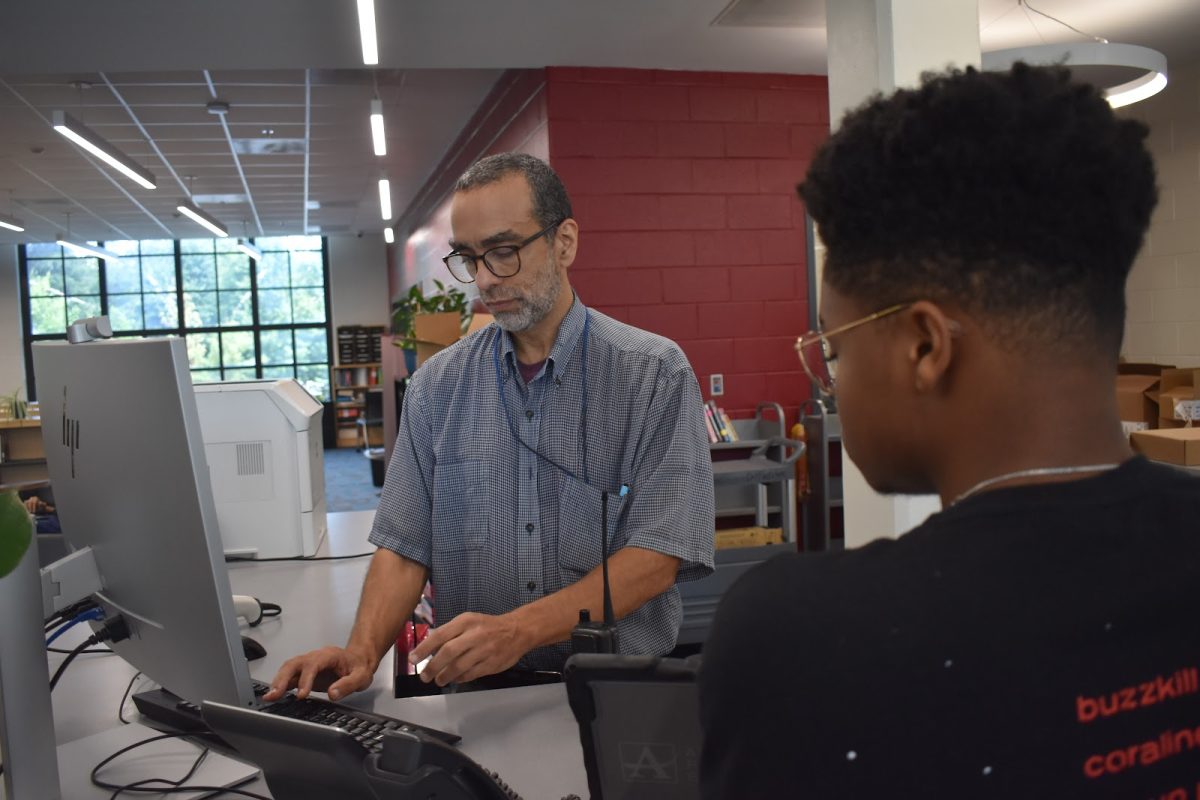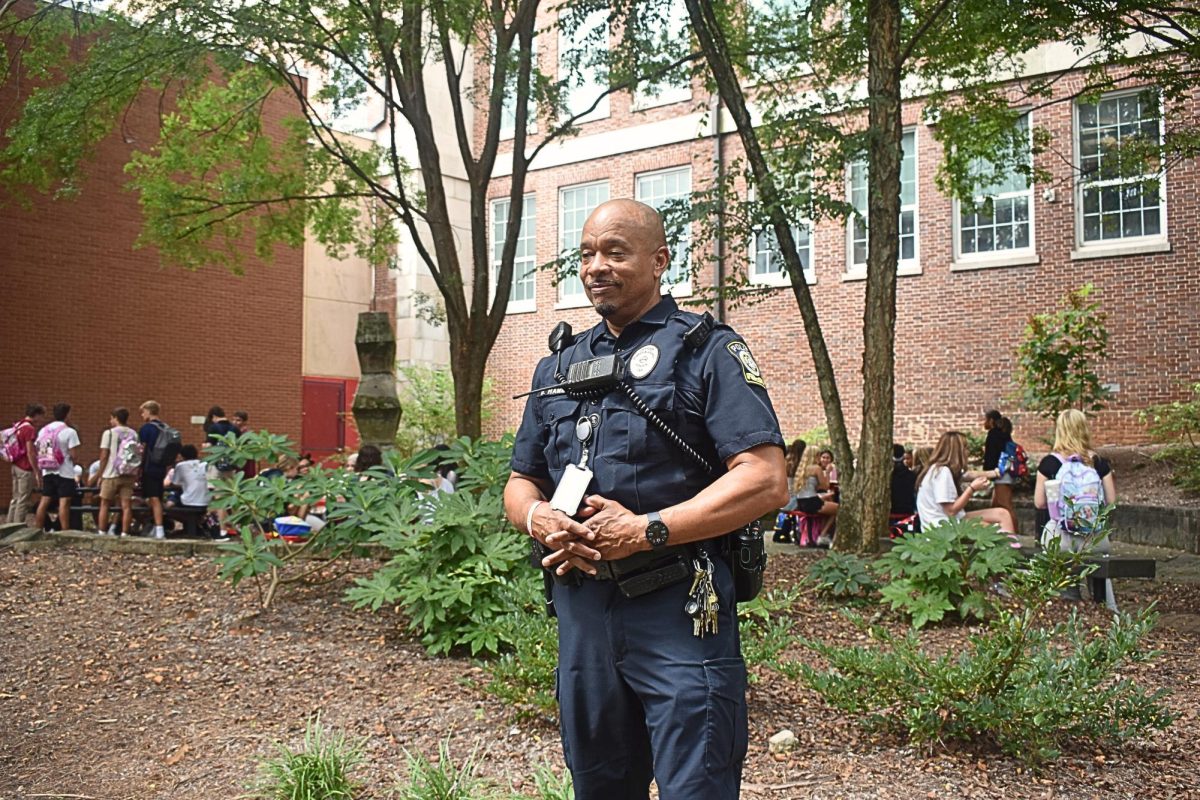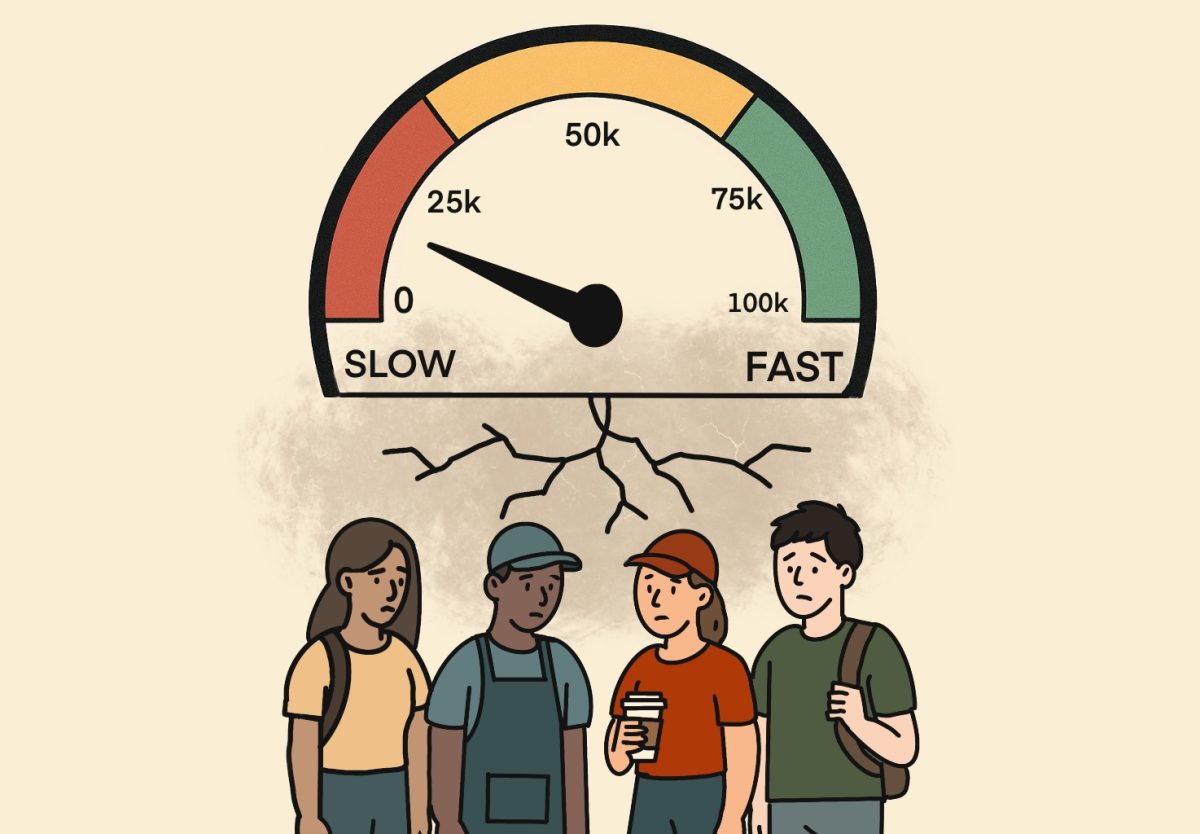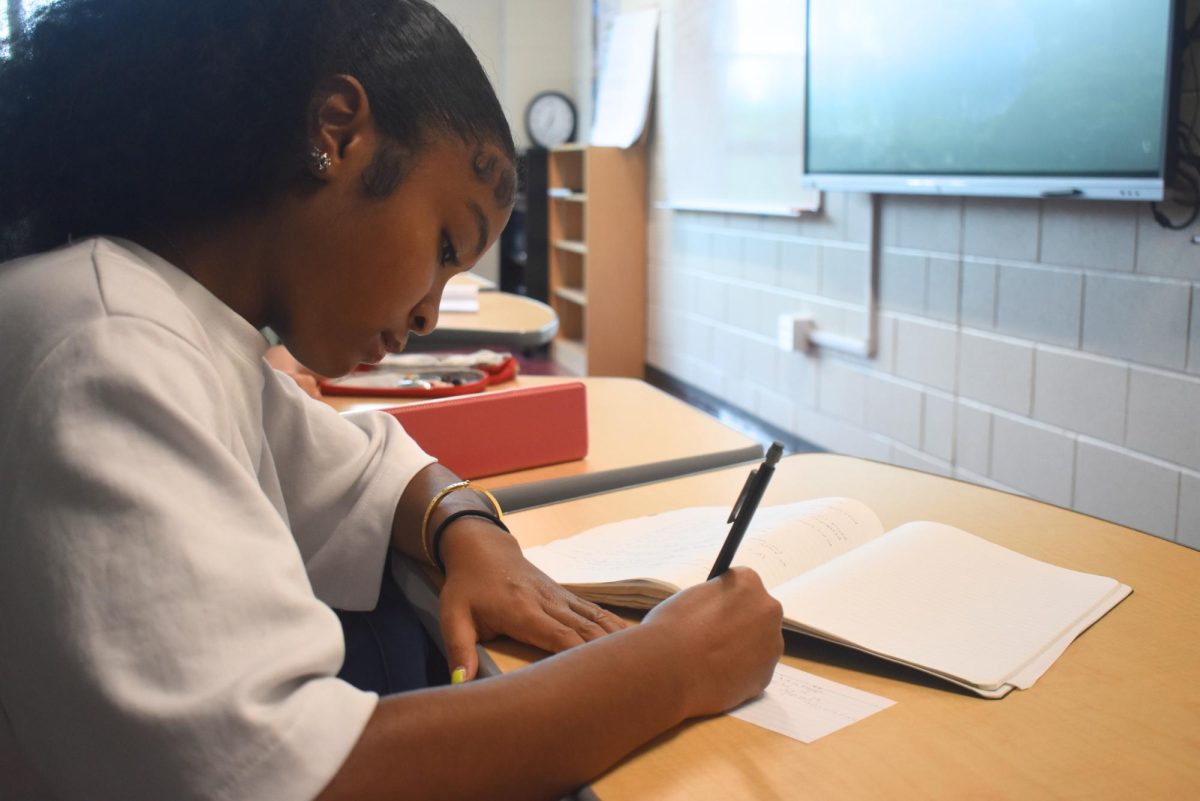Chronic absenteeism, a condition where a student misses 10% or more of a school year, has spiked in Georgia since COVID-19. Pre-COVID, Atlanta Public Schools had a chronic absenteeism rate of 15% according to Atlanta Civic Circle; in the 2021-2022 school year, that rate was 38.4%.
According to Attendance Works, nationally, students living in poverty are two times more likely to be chronically absent than others. Atlanta Public Schools Assistant Superintendent of Student Services Chelsea Montgomery said that is because students in poverty have more attendance barriers.
“There are four different categories [for low attendance]: barriers, aversion to school, disengagement and misconceptions about the purpose and importance of attendance,” Montgomery said. “Oftentimes, our students in poverty have a lot more of those barriers.”
Fulton County Schools’ Director of Attendance Charity Trowbridge sees the same nationwide trends in Fulton County’s schools.
“Attendance rates in Fulton County Schools are consistent with nationwide trends that reflect higher rates of chronic absenteeism in Title 1 school communities,” Trowbridge said. “Students from low-income families experience multiple socio-economic challenges that often result in increased absences and, subsequently, higher rates of chronic absenteeism in Title 1 schools.”
While chronic absenteeism rates are higher in Title 1 schools, the rate of absenteeism rose nationwide post-COVID; about 25% of public school students in the U.S. were chronically absent during the 2022-2023 school year.
“School districts continue to be challenged with managing pandemic disruptions related to education,” Trowbridge said. “[These include:] student and family disengagement caused by remote learning, increased mental health challenges, prolonged recovery from periods of economic instability, increased educational inequalities from barriers students experienced with remote learning and an overall change in family dynamics.”
Montgomery said students who missed school during COVID-19 have had a hard time coming back to school.
“School is really hard if you are behind, and school is even harder if you missed school during COVID,” Montgomery said. “If you missed math in middle school, it makes high school math really hard. We don’t want to do things that are really hard; it just isn’t fun.”
According to Robert Wood Johnson Foundation, chronic absenteeism has a positive correlation to high school dropout rates across the nation.
“Chronic absenteeism in our lowest grades, kindergarten and first grade, impacts learning to read on time,” Montgomery said. “Because of that disengagement, we see spikes in behavior in kids that have increased chronic absenteeism. Ultimately, significant chronic absenteeism leads to not graduating high school. A few days can make a really big difference, unfortunately.”
Trowbridge believes higher absenteeism mostly impacts a student’s well-being and development.
“When students are absent from school, they miss out on valuable instruction, social and emotional connections, opportunities for executive functioning and interpersonal skill development,” Trowbridge said. “Students with high rates of absenteeism often fall behind in their coursework and experience social and emotional challenges that impact their ability to reach their fullest potential in achieving success in the school setting.”
APS plans to change the culture surrounding attendance through policy changes that emphasize addressing chronic absenteeism instead of truancy, only unexcused absences.
“Truancy only counts unexcused absences, [and] it emphasizes compliance, the legal process and rules,” Montgomery said. “Chronic absenteeism looks at all absences as absences: excused, unexcused or suspension days. It emphasizes the academic impact of missing school and uses more positive community-based strategies to support the work. [We need to look] at chronic absenteeism and get back to the importance of school every single day.”
Fulton County’s Title 1 schools partnered with EveryDay Labs to cut down on chronic absenteeism. During 2020-2021, according to EveryDay Labs, between 8,373-18,142 absences were prevented across Fulton County Title I schools.
In addition to the policy changes, APS plans to use EveryDay Labs’ Tier II attendance-based intervention beginning next school year.
“The EveryDay Labs attendance intervention will be in all schools; everyone will get that level of support and the family support that comes with it,” Montgomery said. “We are trying to reach everyone in every elementary, middle and high school.”
While APS is using district-wide policies to combat chronic absenteeism, Midtown, which has one of the highest attendance rates in the district, uses an incentivization system involving prizes to motivate students to come to school.
“[Midtown has] a positive behavior implementation system,” Midtown Student Support Attendance Specialist Kristin Robinson said. “That incentivizes students to want to do better because we all like being rewarded for our great behavior. There are things we should do, but it is always nice to be rewarded and praised for the things that we do.”
During COVID-19, students began making money through online businesses at an increased rate. Montgomery believes this affects the relevancy of school and that school administrators need to work harder to make school engaging.
“Kids are figuring out ways to make products, run businesses and use AI at home to run businesses,” Montgomery said. “That is all going to be there. It is on us to make schools engage and embrace a lot of that. We need to find a way for kids to go to school and do all those other things at the same time. That is what the future is going to look like and we need to figure it out.”
Georgia school districts deal with spiking chronic absenteeism
May 16, 2024
Atlanta Public Schools plans to focus on chronic absenteeism, missing any school, instead of truancy, unexcused absences. This takes the focus off of the legal process and onto the academic impact.
28
More to Discover
About the Contributor
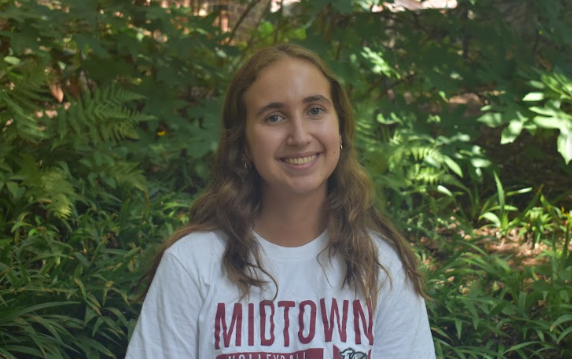
Brennan Fritts, Editor in Chief
Brennan Fritts is a senior and this is her third year writing for the Southerner. She enjoys volleyball and hanging out with friends.






